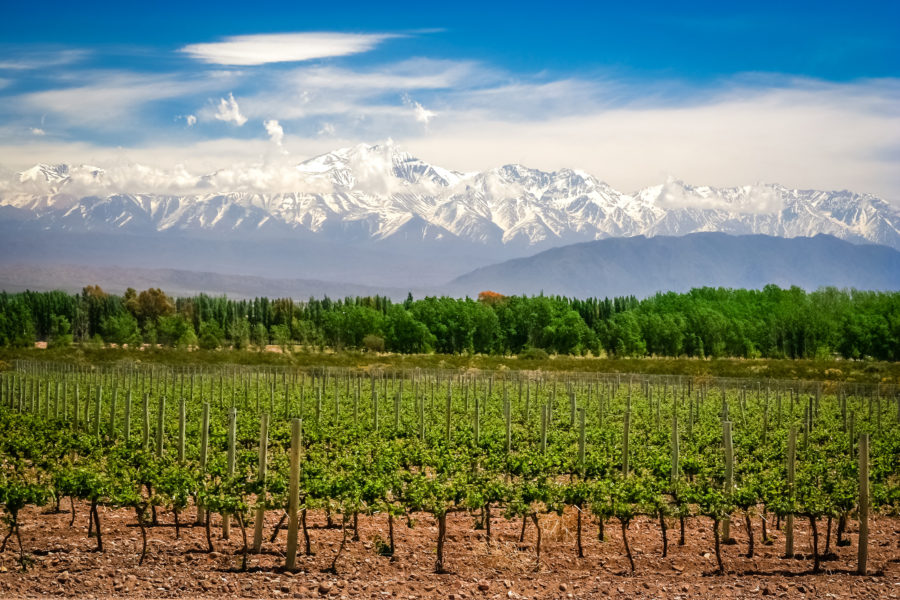Brazil’s deadly dam collapse pushes miners to set global rules for tailings

The International Council on Mining and Metals (ICMM), a London-based industry group representing 27 major companies, said Tuesday it would set an independent panel of experts in charge of developing a global standard for tailings facilities to be followed by its members.
The set of rules, it said, will be based on a review of current best practices in the industry, including key aspects such as a global and transparent consequence-based tailings facility classification system, with specific requirements for each level.
The standard would also establish a scheme for credible, independent reviews of tailings facilities, as well as requirements for emergency planning and preparedness.
“While the standard would become a member commitment, ICMM will encourage others to join us in advocating for it to be adopted more broadly,” it said.
The set of rules will be based on a review of current best practices in the industry, including key aspects such as a global and transparent consequence-based tailings facility classification system.
Currently there are no established global standards defining what a tailings dam is, how to build one and how to care for it after it is decommissioned.
The announcement comes a month after a dam at Vale’s Corrego do Feijão mine collapsed, killing about 300 people in Brazil. It is the first concrete step taken by the mining industry since the tragedy.
It also follows the state of Minas Gerais decision Monday to ban upstream damns, which is the type that broke on Jan. 25 in the city of Brumadinho.
The bill gives companies operating in the mineral-rich state 90 days to present plans to substitute the dams within three years.
There are about 3,500 tailings dams around the world. Unlike the ones used to build reservoirs or hydroelectric projects, tailings dams are not usually made from reinforced concrete or stone. They are mostly constructed from the waste material left over from mining operations, which — depending on the type of mine — can be toxic.
Only three countries in the world ban upstream dams — Chile, Peru, and now Brazil. Chile, the world’s No.1 copper producer, also regulates the minimum distance between dams and urban centres. But the nation still has 740 tailings deposits, only 101 of which are active, with the rest abandoned or inactive, according to data from mining agency Sernageomin.
ICMM’s next step is to engage with representatives from civil society, communities, industry, investors, and multilateral organizations, to determine the detailed scope of the review, expected to be complete by the end of the year.
The group includes major industry names such as BHP, Barrick Gold, Anglo American, Newmont Mining, Glencore, Newcrest and Vale.
Click here for complete coverage of the dam burst at Vale’s Córrego do Feijão mine.
{{ commodity.name }}
{{ post.title }}
{{ post.date }}




Comments
Martin Vieira
One of Brazil’s major Iron ore producers located just 30 km outside of Belo Horizonte, took it upon themselves with the help of MATEC Srl (www.matecitalia.com) to pave the way to a risk-free tailings solution. Setting a clear example of a safer future for tailings management.
The High-Pressure Technology (HPT21) supplied by MATEC Srl made it possible to achieve dry stackable tailings with a record low residual moisture and a throughput of 1.3 Mt per annum of iron ore tailings.
The reduction of the environmental footprint of the operation together with eliminating the risk of a tailings dam failure are only a few of the added values of MATEC Srl technology. With an average of 20 years life of mine, the OPEX savings is as high as 60% when considering the cost involved in operating, maintaining and upgrading the tailings storage facility.
As laws on tailings dam operation only become stricter and the demand for alternative solutions more prominent, MATEC leads the way in solid-liquid separation of tailings, concentrate and mining process water recovery in all commodities. It is for this reason that MATEC is the trusted number one supplier of dewatering technologies, such as Thickeners, Flocculant make-up plants, and filter presses.